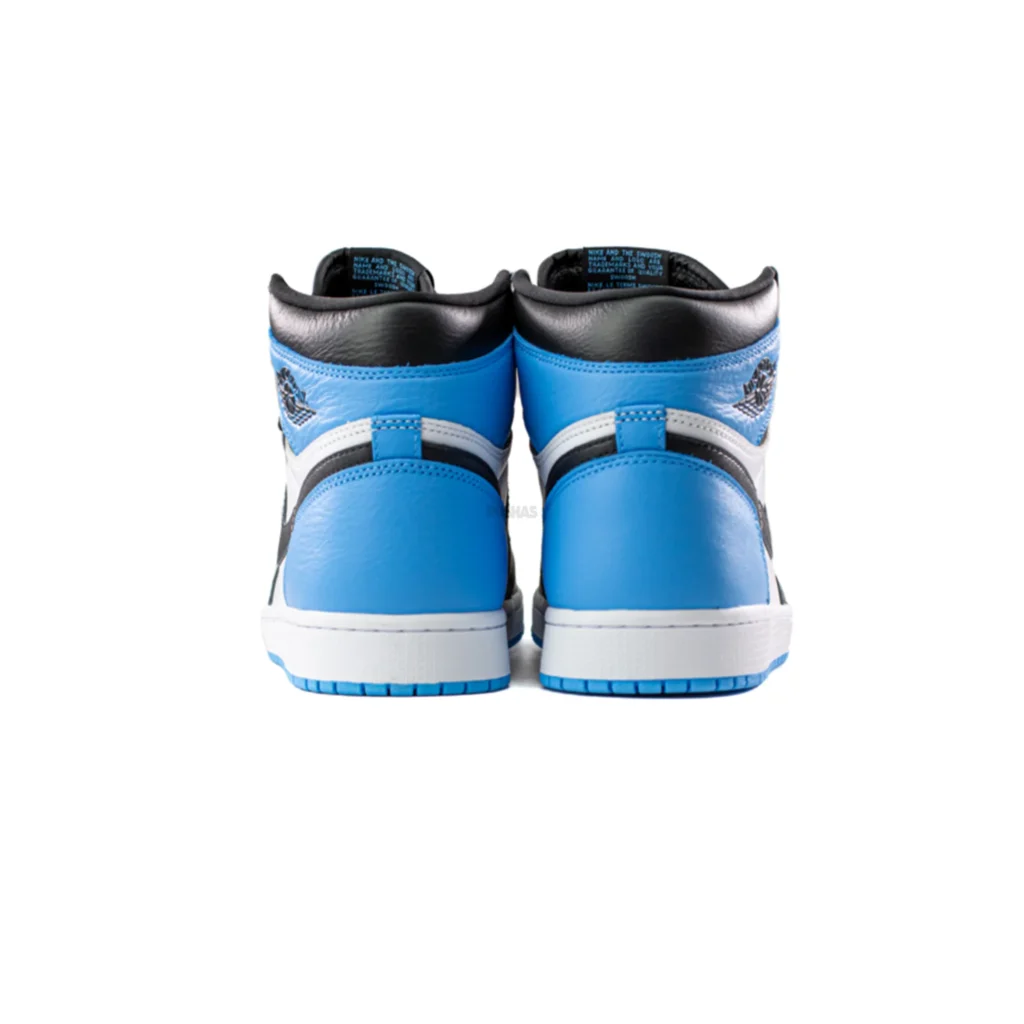Air Jordan shoes have become iconic in the sneaker world, representing not just athletic performance but also a cultural phenomenon. With their popularity, however, comes a significant market for counterfeit products. Identifying fake Jordan shoes can be challenging, especially for those who are not familiar with the nuances of authentic sneakers. This article provides a detailed guide on how to differentiate real Air Jordans from fakes, covering various aspects such as quality, branding, packaging, and more.
Understanding the Market for Air Jordans
The Appeal of Air Jordans
Air Jordans are more than just basketball shoes; they are a symbol of style and status. Originally launched in 1985, the brand has evolved over the years, releasing numerous models and colorways that appeal to collectors and casual wearers alike. The combination of quality craftsmanship, innovative technology, and cultural significance makes Air Jordans highly sought after.
The Rise of Counterfeits
With the increasing demand for Air Jordans, counterfeiters have flooded the market with fake versions. These replicas can often look convincing, leading to confusion among buyers. Understanding how to identify genuine Jordans is crucial for anyone looking to make a purchase.
Key Indicators of Authentic Air Jordans
1. Quality of Materials
One of the most noticeable differences between authentic and fake Jordans is the quality of materials used in their construction.
- Upper Material: Authentic Jordans typically use high-quality leather, suede, or synthetic materials. Fakes often use cheaper materials that feel flimsy or overly stiff.
- Stitching: Examine the stitching closely. Authentic Jordans have clean, even stitching without loose threads or inconsistencies. Fake pairs may have uneven stitching or visible glue.
2. Branding and Logos
The branding on Air Jordans is a crucial indicator of authenticity.
- Jumpman Logo: The Jumpman logo, depicting Michael Jordan in mid-air, should be crisp and well-defined. On fake shoes, the logo may be poorly printed, misaligned, or have inconsistent colors.
- Tongue Tag: Check the tongue tag for the brand name and logo. Authentic Jordans will have clear, precise lettering, while fakes may have misspellings or irregular fonts.
3. Box and Packaging
The packaging of Air Jordans can also provide clues about their authenticity.
- Box Quality: Authentic Jordans come in sturdy, well-constructed boxes with high-quality printing. Fake boxes may feel flimsy or have poor graphics.
- Labels: The label on the box should include details such as the model number, size, and barcode. Ensure that the information matches the shoes inside. Fakes often have incorrect or missing labels.
4. Insole and Outsole Details
Examining the insoles and outsoles can reveal significant differences between real and fake Jordans.
- Insole: Authentic Jordans typically have a high-quality insole with proper cushioning. The logo should be present and well-printed. Fake insoles may feel cheap and lack adequate support.
- Outsole: The outsole should have a distinct pattern that matches the specific model. Counterfeit shoes may have incorrect tread patterns or poor rubber quality.
5. Weight and Feel
Authentic Jordans are designed with quality materials and engineering, giving them a specific weight and feel.
- Weight: If the shoes feel unusually light or heavy, they may be fake. Authentic Jordans have a balanced weight that reflects their construction.
- Comfort: When trying on the shoes, pay attention to the comfort level. Genuine Jordans are made for performance and should feel comfortable and supportive.
Researching Model-Specific Details
1. Model Numbers
Each Air Jordan model has a specific number associated with it. Research the model number of the shoes you are considering purchasing.
- Check Authenticity: Look up the model number online to find official images and specifications. If the shoes you are examining do not match these details, they may be counterfeit.
2. Colorways
Air Jordans are released in various colorways, and not all color combinations are authentic.
- Limited Editions: Some colorways are exclusive or limited editions. If a seller offers a rare colorway at a significantly reduced price, it may be a red flag.
Buying from Reputable Sources
1. Authorized Retailers
When purchasing Air Jordans, always buy from authorized retailers or the official Nike website. This ensures that you are getting authentic products.
2. Online Marketplaces
If buying from online marketplaces like eBay or StockX, check the seller’s ratings and reviews. Look for sellers with a history of selling authentic sneakers.
3. Sneaker Conventions and Events
Attending sneaker conventions can provide opportunities to buy authentic Jordans from reputable sellers. However, always verify the authenticity before making a purchase.
Red Flags to Watch Out For
1. Price Too Good to Be True
If the price of the Air Jordans is significantly lower than retail, it’s likely a counterfeit. Authentic Jordans maintain their value, and drastic price cuts are often a sign of fakes.
2. Poor Customer Service
If you encounter unresponsive sellers or a lack of transparency regarding the product, consider it a warning sign. Legitimate retailers are usually willing to answer questions and provide detailed information about their products.
3. Inconsistent Shipping and Returns Policy
Reputable sellers have clear shipping and return policies. If a seller has vague or unreasonable policies, it may indicate a lack of authenticity.
Community Resources and Tools
1. Sneaker Authentication Services
Various online services offer sneaker authentication for a fee. These services can provide expert opinions on the authenticity of your Jordans.
2. Sneaker Forums and Communities
Joining sneaker forums and communities can provide valuable insights and advice from fellow sneaker enthusiasts. Members often share tips on identifying fakes and recommend trusted sellers.
3. Social Media Groups
Social media platforms have groups dedicated to sneaker culture. Engaging with these communities can help you stay informed about the latest trends and counterfeiting tactics.
Conclusion
Identifying fake Air Jordans requires a keen eye and attention to detail. By understanding the key indicators of authenticity—such as material quality, branding, packaging, and model-specific details—you can make informed purchasing decisions. Always prioritize buying from reputable sources and remain vigilant against red flags like suspicious pricing and poor customer service.
As the sneaker culture continues to grow, the prevalence of counterfeit products will likely increase. By educating yourself and utilizing available resources, you can protect your investment in authentic Air Jordans reps and enjoy the unique blend of style, performance, and cultural significance they offer.




Pingback: Fake Shoes and Sneaker Reps at Retsneakers: Quality Meets Affordability – Mountain West Wire
Pingback: Fake Shoes and Sneaker Reps at Retsneakers: Quality Meets Affordability – Mountain West Wire
Pingback: Fake Shoes and Sneaker Reps at Retsneakers: Quality Meets Affordability - Backlinks SEO